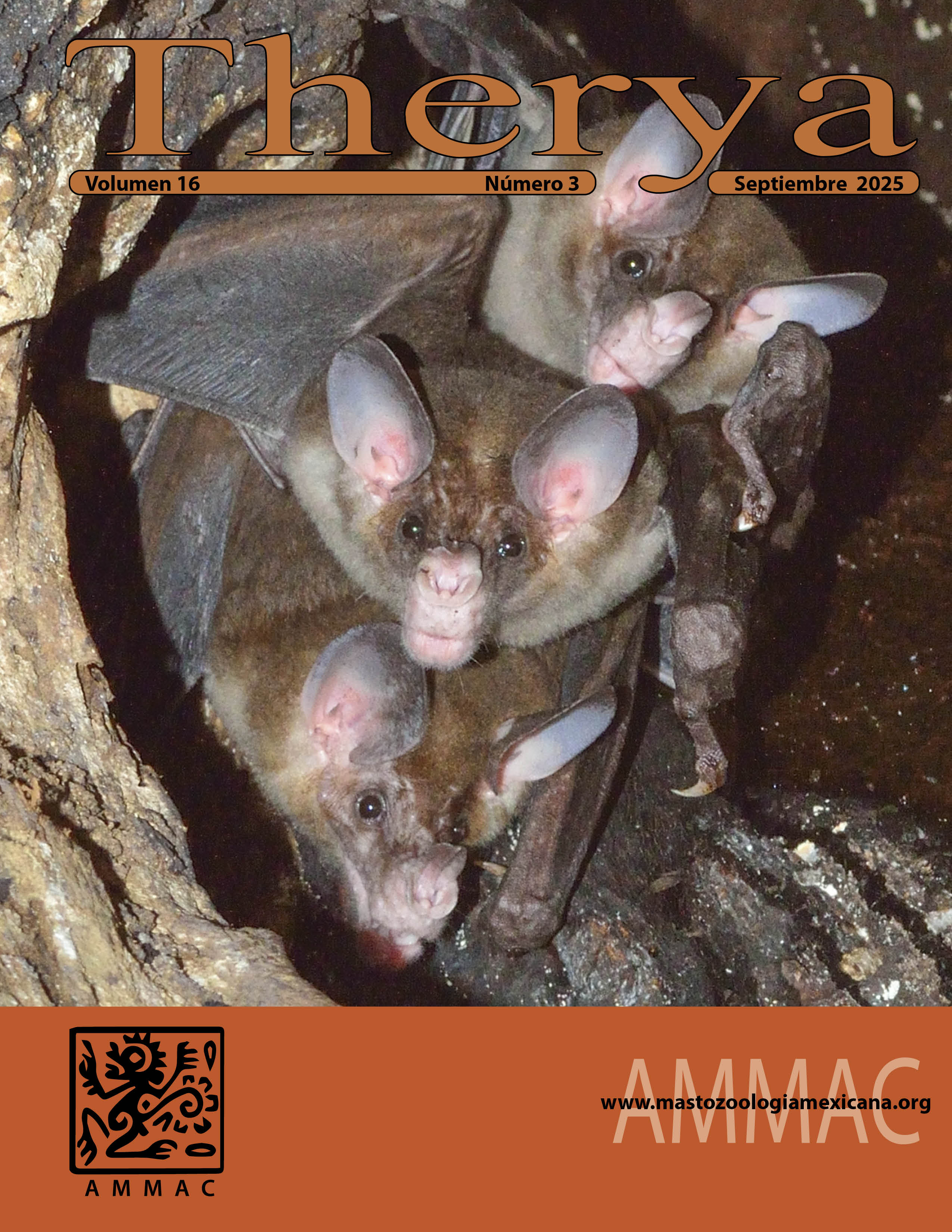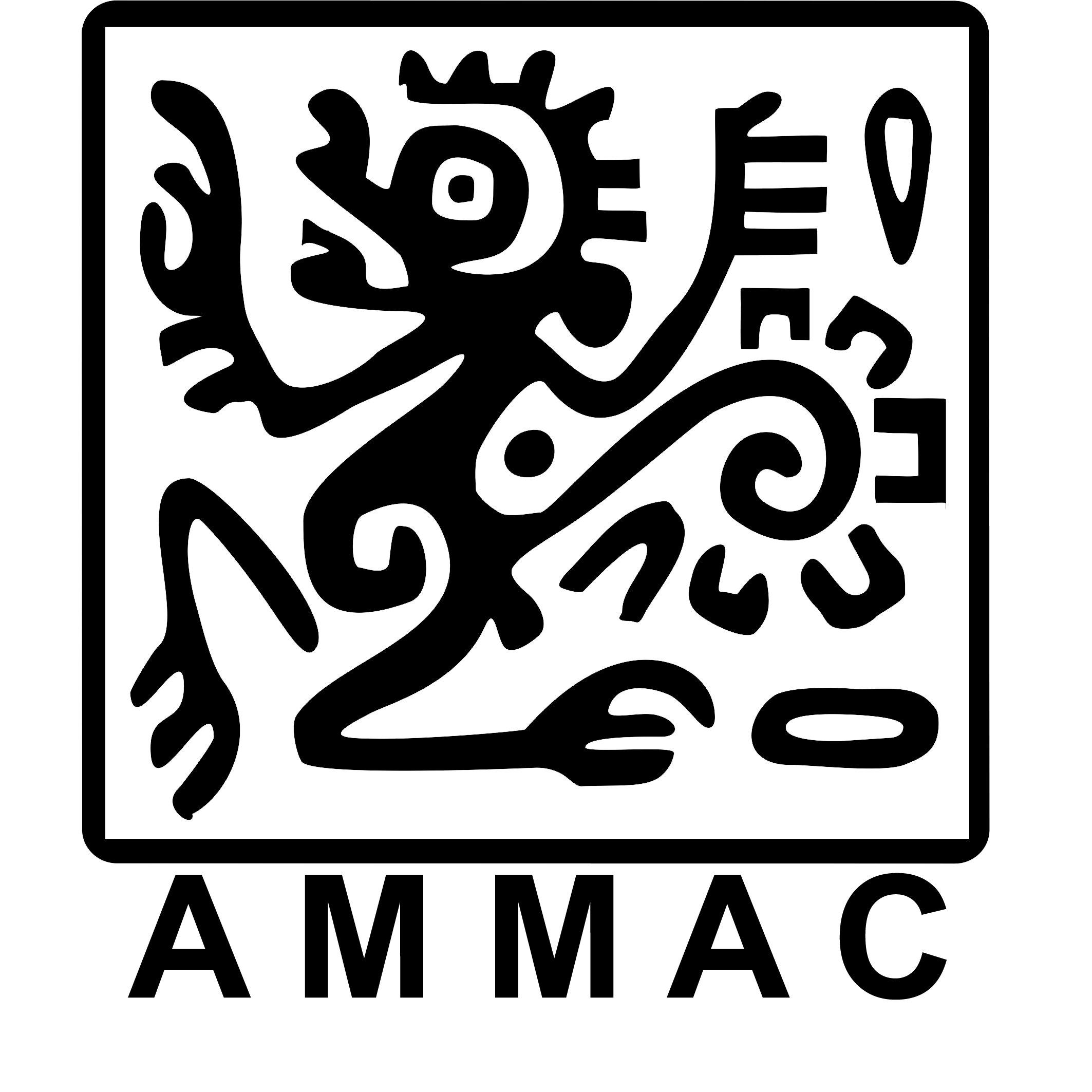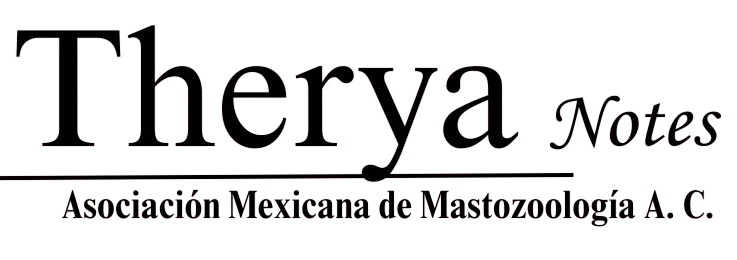Postnatal growth and age estimation in the broad-tailed bat (Nyctinomops laticaudatus)
DOI:
https://doi.org/10.12933/therya.2025.6212Keywords:
age-estimation, development, Molossidae, Nyctinomops laticaudatus, postnatal growthAbstract
Postnatal growth in bats has been studied in various species, but its documentation often depends on access to roosts, the ability to handle pups, and reliable marking systems for recapture. We examined the postnatal growth and development of the Broad-eared Free-tailed Bat (Nyctinomops laticaudatus) in a colony at the Governor’s Palace, Uxmal Archaeological Zone, Yucatán, Mexico. Marked pups were measured from birth until the onset of flight for forearm length, body mass, and fourth digit length. Growth curves were generated, from which growth rates and age-prediction equations were derived. At birth, forearm length, fourth digit length, and body mass were 45%, 29%, and 31% of postpartum female values, respectively. These traits grew linearly up to 40 days, with average rates of 0.44 mm/day (forearm), 0.54 mm/day (fourth digit), and 0.14 g/day (body mass). Growth rates slowed after the onset of flight. Forearm length provided a reliable predictor of age for pups between 1 and 40 days old when measurements were ≥37 mm. Flight trials indicated that pups began flapping and short horizontal movements at 15 days and achieved sustained flight by day 40. The growth rates observed in N. laticaudatus exceeded those reported for many other tropical insectivorous bats. Documenting postnatal development in molossids enhances our understanding of this critical stage in bat life history, and comparative studies across tropical species will provide valuable insights into the evolution of bat growth strategies.
Downloads
Published
How to Cite
Issue
Section
License
THERYA is based on its open access policy allowing free download of the complete contents of the magazine in digital format. It also authorizes the author to place the article in the format published by the magazine on your personal website, or in an open access repository, distribute copies of the article published in electronic or printed format that the author deems appropriate, and reuse part or whole article in own articles or future books, giving the corresponding credits.










